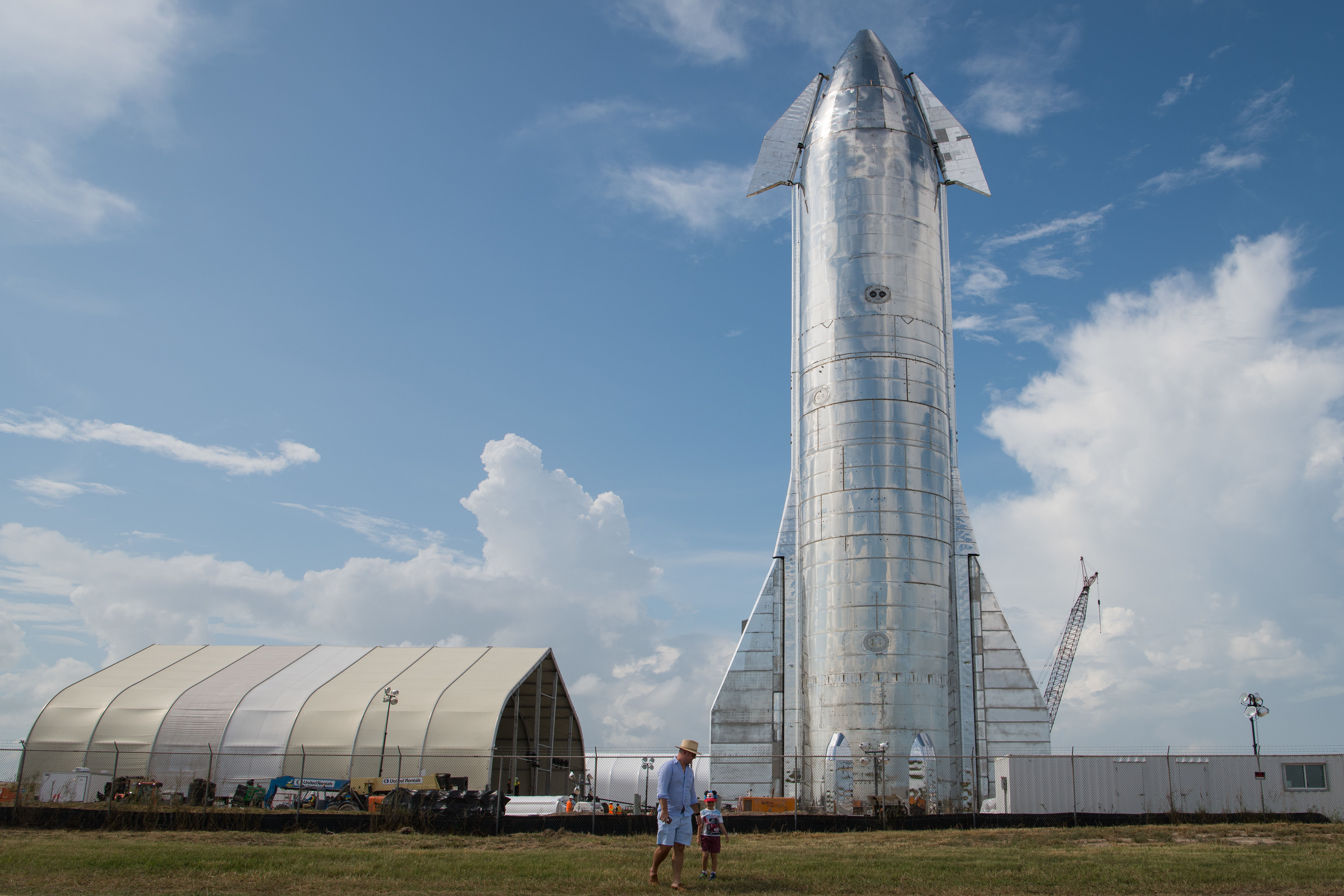Create a free profile to get unlimited access to exclusive videos, sweepstakes, and more!
SpaceX finally sticks the landing with Starship prototype…which then proceeds to explode

The third time almost proved to be the charm for the SpaceX Starship testing program, which at last managed to execute an incident-free landing maneuver on Wednesday. Alas, landing apparently isn't eveything.
Watching the Starship SN10 descend to its designated spot on the landing pad likely came with a sense of relief for SpaceX and its many followers, who’d watched the two previous prototypes go up in flames. After seeing today's full test come to a satisfyingly explosion-free conclusion, at least no one could say the whole exercise didn’t look like progress.
And then, only a few minutes after touching down at the company’s Boca Chica, Texas development grounds, the SN10 prototype went ahead and exploded anyway. In the early aftermath, SpaceX didn’t have an answer for what had caused the surprise Starship conflagration — even if it at least had the initial assurance that it wasn’t caused, this time, by a high-impact landing.
SpaceX's official footage ends before the explosion, although the full exercise does show off some remarkable views of SN10 being put through its lofty paces:
Though typically quick to follow up on social media with comments on SpaceX’s big test events, company founder Elon Musk did not immediately speculate publicly about what may have caused the late explosion. But he did seem to take the whole incident in stride, tweeting (perhaps jokingly) out the (technically accurate) observation that “Starship SN10 landed in one piece!”
As the clip above shows, SpaceX ended its live feed not long after SN10 came to a safe stop, albeit in a slightly-angled, off-vertical position. But other feeds, like this one from NASA Spaceflight, kept rolling long enough to capture the explosion, which sent the entire craft into the air before coming to rest on its side in a ball of fire.
Like the two previous tests, the SN10 prototype successfully executed a series of high-altitude moves. The exercises are meant to put the vessel’s trio of Raptor engines through the delicate paces of massaging their thrust to perform a horizontal belly maneuver, as well as a planned free fall. Via CNBC, the belly roll maneuver is intended to demonstrate that the vessel can use its four rocket flaps to perform a controlled descent.
SN10 approached its altitude target of 10 Km before making an incident-free descent and landing, in the process successfully firing and shutting off the Raptor engines in a timed sequence before conducting a propellant transfer from the main tanks to the header tanks ahead of its belly roll maneuver.
Noting that the “third time’s the charm, as the saying goes,” SpaceX principal integration engineer John Insprucker noted during the company’s livestream (and before the explosion) the company “has several more suborbital test vehicles in build, with number 11 ready to roll out to the pad in the very near future.”
The company has not announced a test schedule for its SN11 prototype, but eventually SpaceX plans to use Starship as a reusable, multipurpose platform to conduct both low-orbit and deep-space missions that could carry crew and cargo to the Moon and Mars.


























